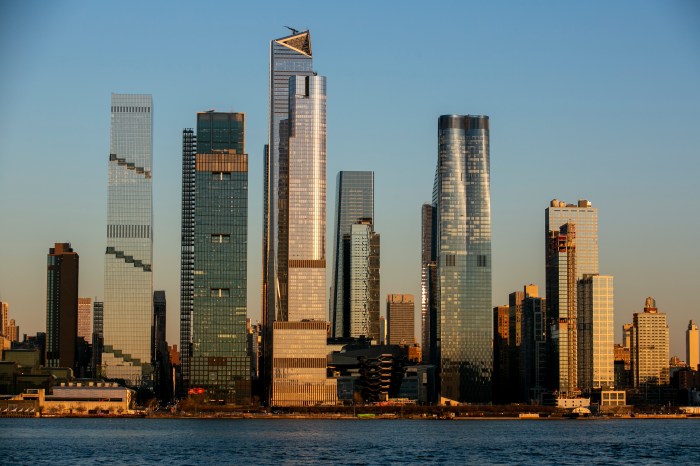The MTA is playing a riff on the saying, “If you believe that, I have a bridge to sell you.”
But unlike the infamous conman who resold the Brooklyn Bridge several times, the MTA is actually offering to lease an old railway trestle in Queens to a partner with a workable plan.
The LIRR Montauk Cutoff was abandoned in the 1990s and the elevated railroad tracks on the edge of the Sunnyside Yards in Long Island City could be the answer to Queens’ quest for its own High Line.
The transit agency said it is looking for detailed proposals from businesses, nonprofits, community groups and individuals to use the overgrown trestle as public open space, urban farming or a museum.
The tracks run down to the sprawling Sunnyside Yards, which Mayor Bill de Blasio envisions as the eventual site of more than 11,000 affordable apartments.
Over in southern Queens a plan to convert a 3.5-mile stretch of the defunct LIRR Rockaway line into a High Line-like park called Queensway has produced staunch opposition. Transit advocates want the Rego Park-Ozone Park rail line restored and extended to the isolated Rockaways, which has only the A train and bus service after the mayor shut down the ferry.
The Friends of the Queensway is working with the Trust for Public Land with strong support from community members, the city and the state..
Back in western Queens the MTA said it is prepared to turn over management of not only the Montauk Cutoff but several LIRR bridges in Long Island City for the right projects. But the MTA will remain the owner of the Montauk Cutoff bridge in case the tracks are needed again someday for transportation.
Depending on the deal, the partner might have to pony up some serious money: Water, electricity and sewers do not exist at the industrial site and would have to be installed by the partner if required by the venture.
There is already an urban garden growing vegetables and fruit trees on land owned by the MTA at the end of the trestle. But the members of the Smiling Hoghead Ranch carved out their own niche before the MTA realized there were crops sprouting on its turf and then reached out to work with the farmers.
Queens’ very own ranch may even have been the inspiration behind the MTA’s decision to put its unused bridges up for lease. The borough could be the next part of the city to mesh abandoned railroad structures with the green culture and come up with public spaces that define a new cool.






























